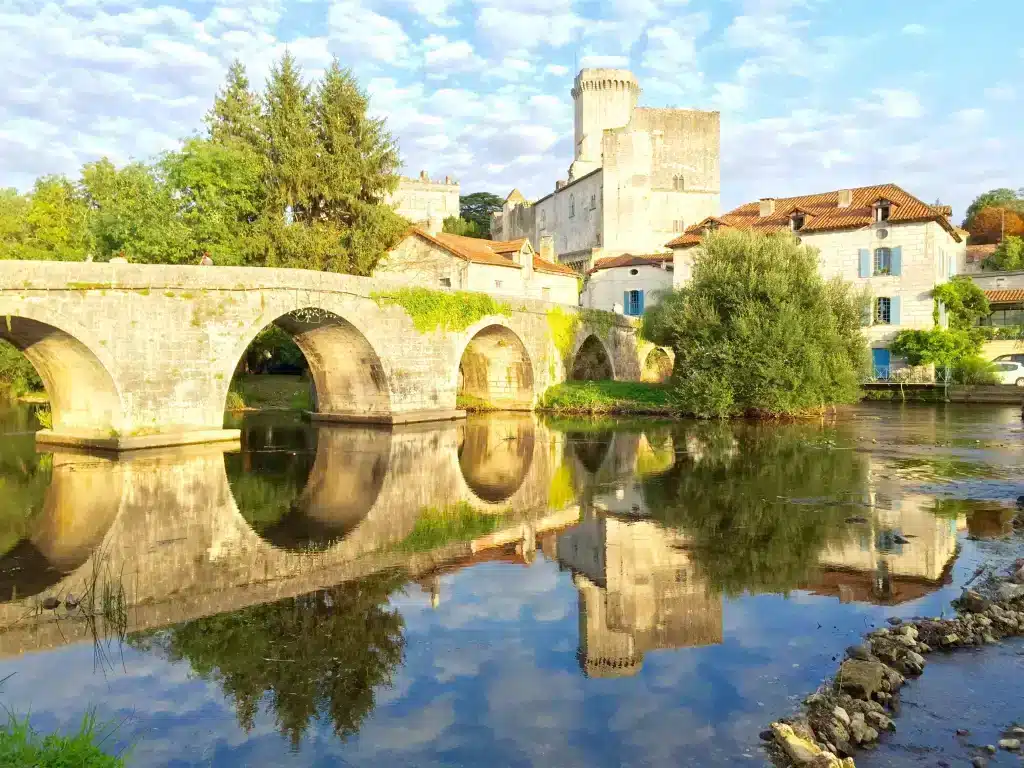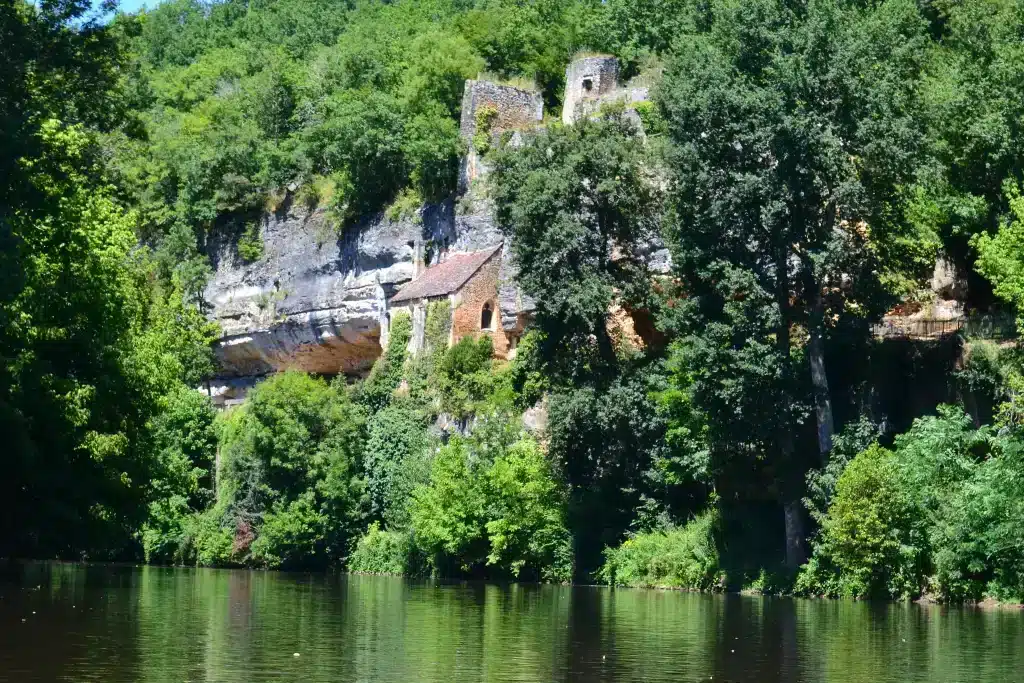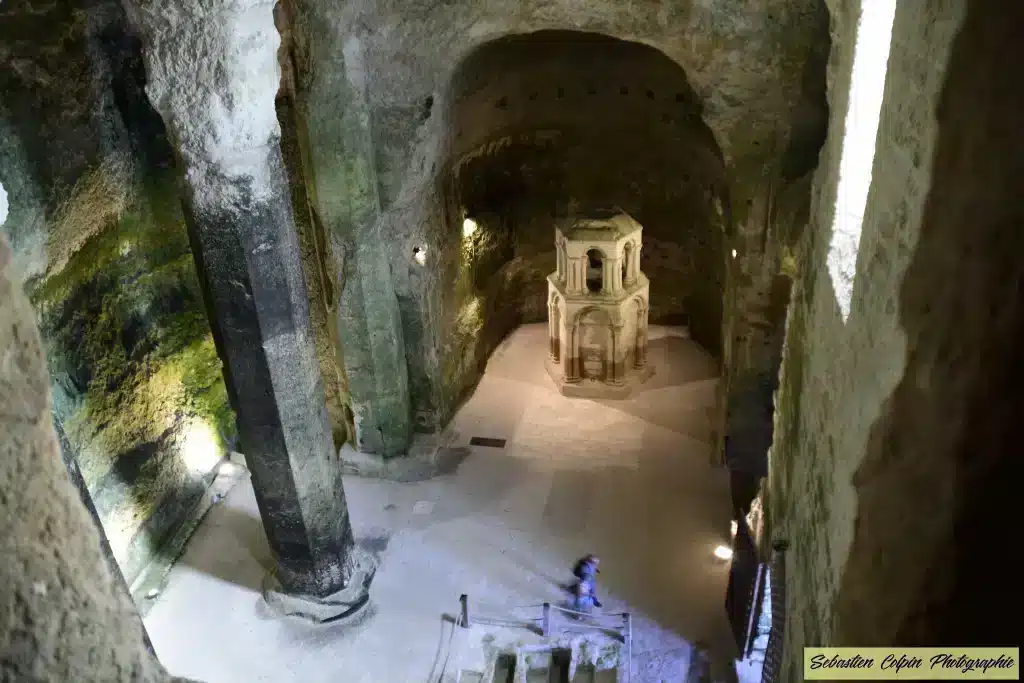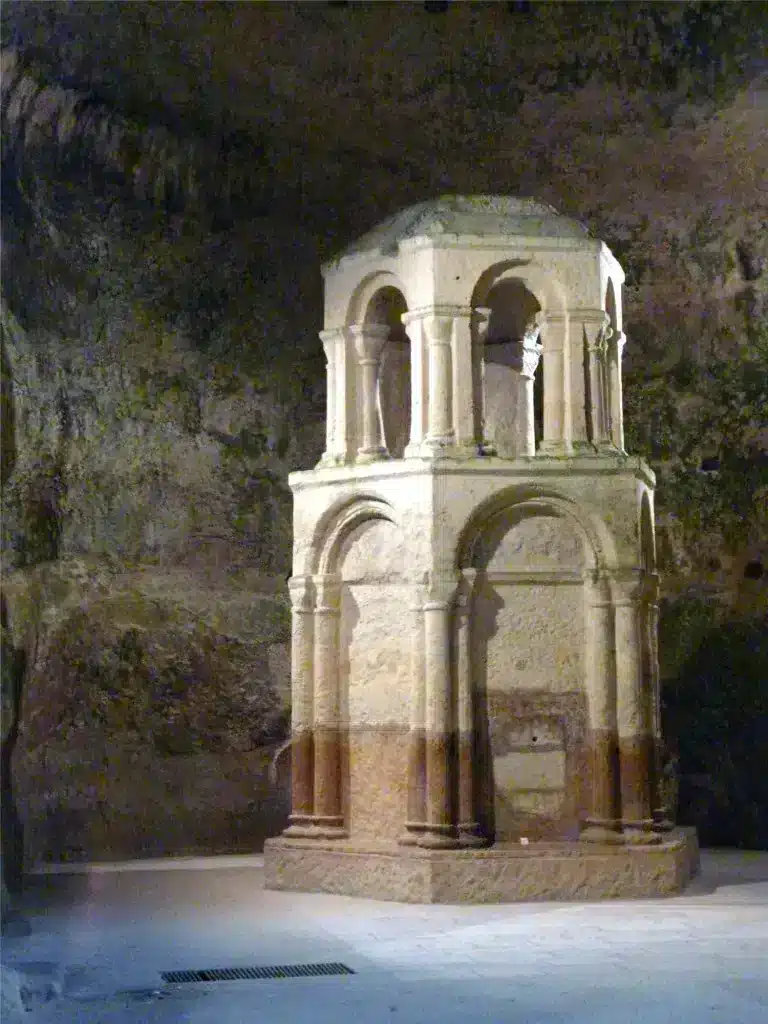
Exceptional castles and caves around La Dordogne Verte campsite

Historical and natural treasures
a stone’s throw from the campsite
The heritage of the Périgord Vert is steeped in history, making it France’s most densely populated region for châteaux and noble residences. Nearly 3,500 castles, manor houses, gentilhommières and chartreuses have been listed, and you can see medieval bastides alongside Renaissance castles and troglodyte dwellings.
When you stay at the Dordogne Verte campsite, you’ll be ideally situated close to historic landmarks and popular tourist attractions in our beautiful region.
Dive into history
in the heart of Périgord
Castles not to be missed around La Dordogne Verte campsite
The choice is vast, and there are all kinds, from all eras, in varying states of preservation
. The most remarkable, however, date back to the Flamboyant Gothic and Renaissance periods of the 15th and 16th centuries. Some are truly unmissable, and are open to the public.
A medieval jewel between
fortress and Renaissance residence
Bourdeilles castle
A shooting location for films and TV movies, the château features two exceptional buildings: a medieval stronghold with an impressive 13th-century keep, and an elegant Renaissance dwelling housing one of Aquitaine’s richest collections of furniture.
Originally, in 1183, it was a stronghold that welcomed monks with the relics of Saint Sicaire. The main feudal building, which remains today, was built in the 13th century. Contested by the crowns of France and England, it was also the scene of many bloody epics and political and religious intrigues. It was liberated from the English and returned to the Comte du Périgord by Duguesclin.
The Renaissance building, a stone’s throw from the fortress, was built in the 16th century, once peace had returned, by Jacquette de Montbron.
Animations, dramatized tours, enigma games and escapes are organized during school vacations and summer periods, and
you can book directly here!




Renaissance elegance at
in the heart of the Périgord forest
Puyguilhem castle
This listed building was erected in the 16th century, in a style reminiscent of the châteaux of the Loire Valley. In 1513, the de La Marthonie family began construction of this château on the remains of a noble house, of which only the underground passages remain.
Straddling the Renaissance and the Middle Ages, it features elements reminiscent of the Gothic style, notably the lack of symmetry in the building and interior. It was originally a second home and hunting lodge, which explains its relative simplicity and modest size.
You can plan your visit on the Château de Puyguilhem website.
Journey underground
to discover a sculpted world
Troglodyte sites in Périgord Vert
The cliffs and limestone hills have also enriched Périgord’s cultural heritage with several exceptional troglodytic sites. Some date back to prehistoric times and have evolved over the years, such as the troglodytic village of La Madeleine, while others have been developed more recently.




A masterpiece carved out of
rock, unique in Europe
The monolithic church at Aubeterre-sur-Dronne
Just a few minutes from La Dordogne Verte campsite, it’s hard not to mention the underground church of Aubeterre-sur-Dronne. Classed as one of France’s most beautiful villages, Aubeterre-sur-Dronne is a great place to live, with its lively central square, pleasant beach, church and castle, making it a destination not to be missed.
Excavated in the 12th century, directly below the castle and once linked directly by a gallery, the church takes its monolithic name from the reliquary, carved from a single block, inspired by the Holy Sepulchre in Jerusalem.
In a cavity aligned with it, you’ll also find a relic pit housing pieces of the Holy Cross, brought back from the crusade by Pierre Castillon. 76 steps lead up to the gallery, which overlooks the whole at a height of 17 metres, with a breathtaking view.
An impressive opening leads to a necropolis, where the number of burials gives us an idea of the sacredness of the place, once much frequented by pilgrims on their way to Santiago de Compostela, who took refuge here.
Information on how to visit can be found on this site.
